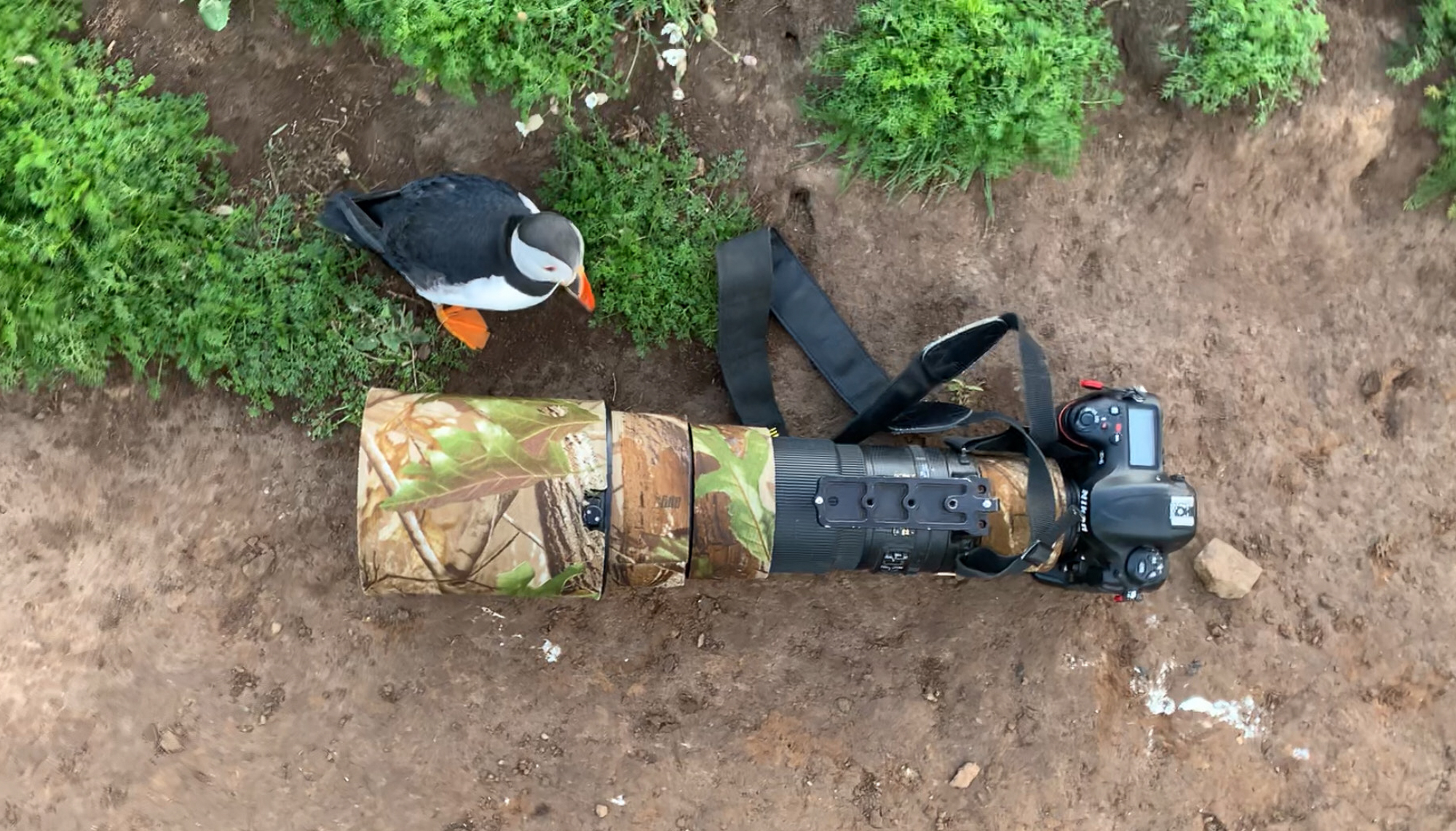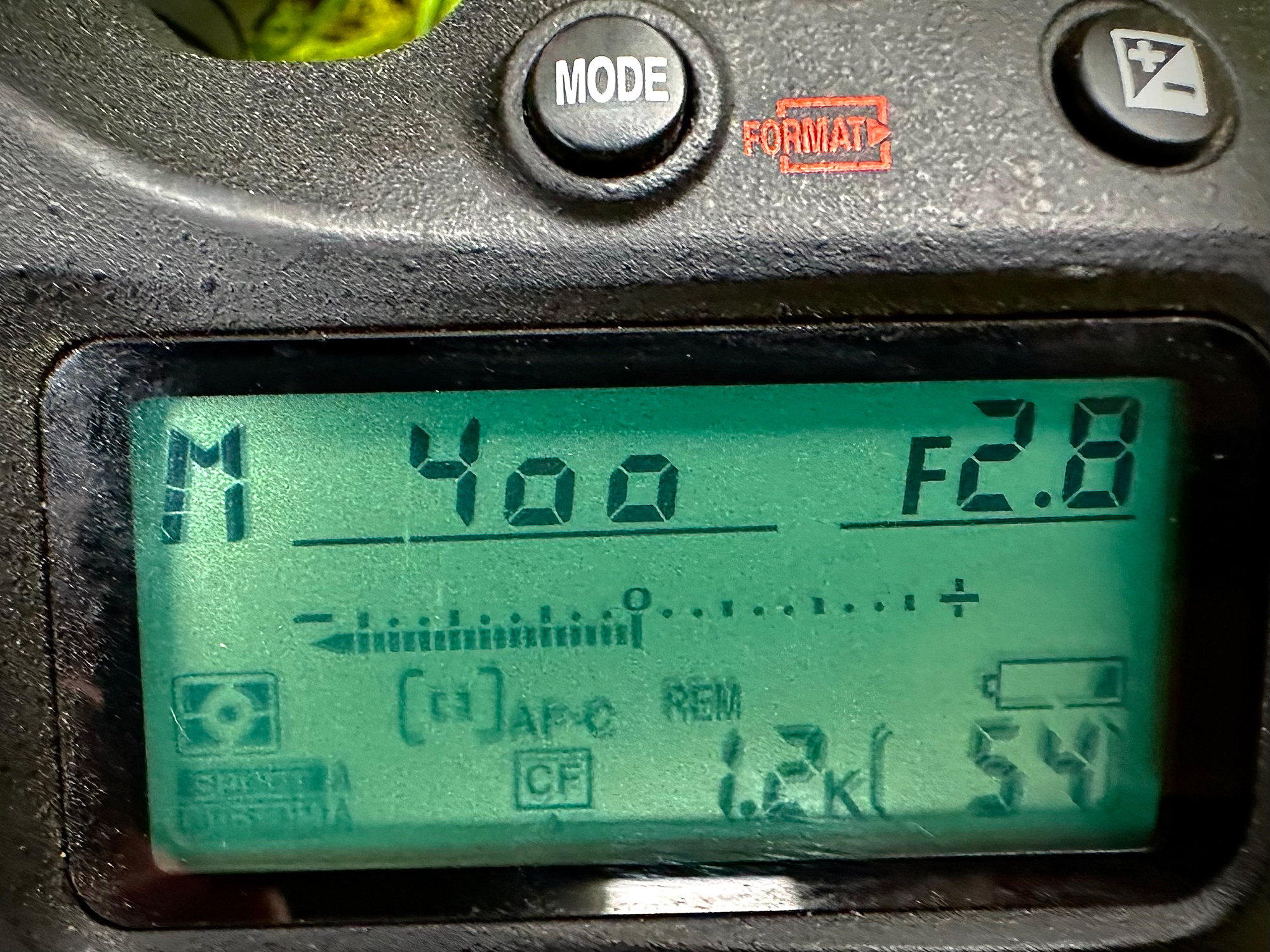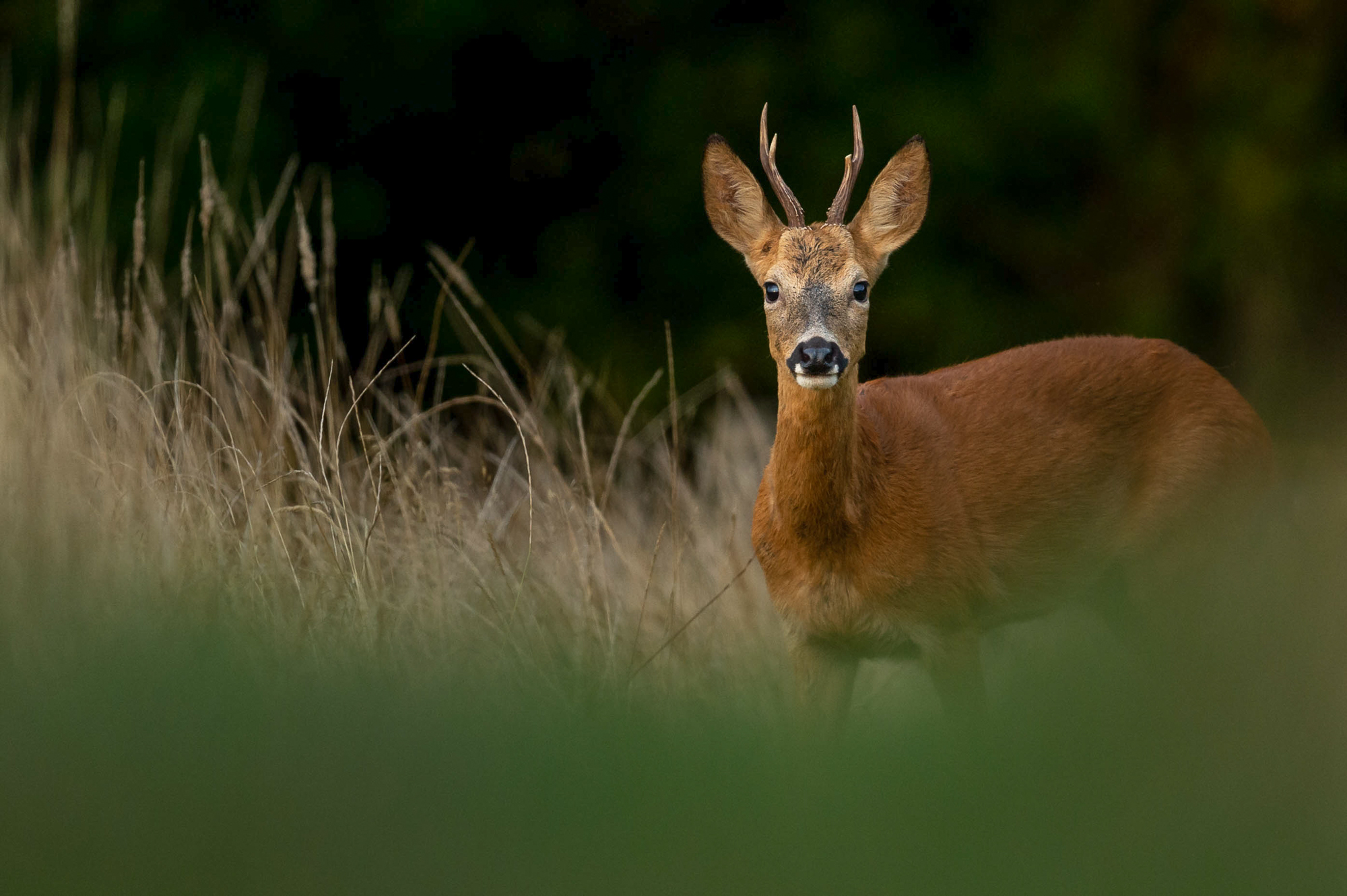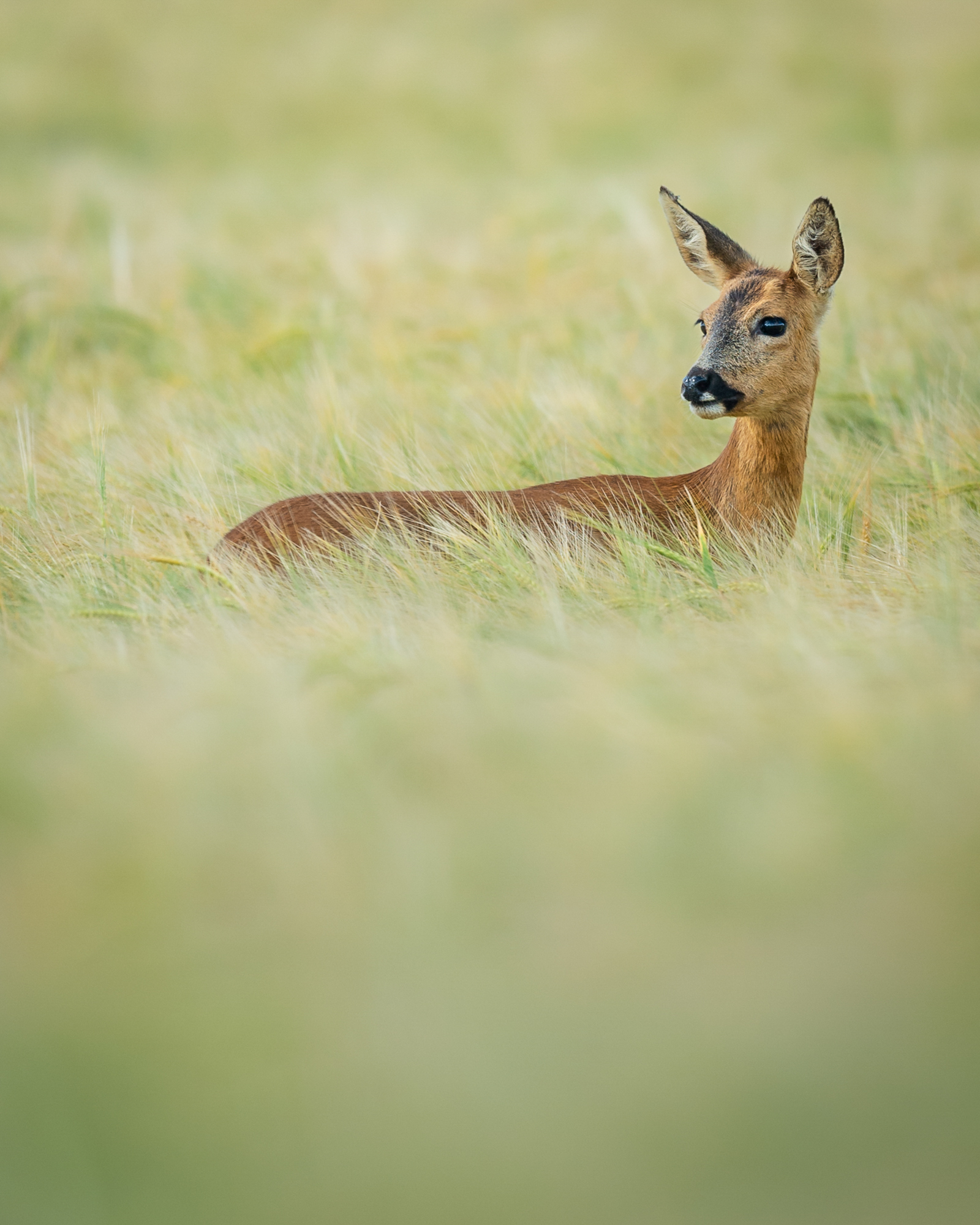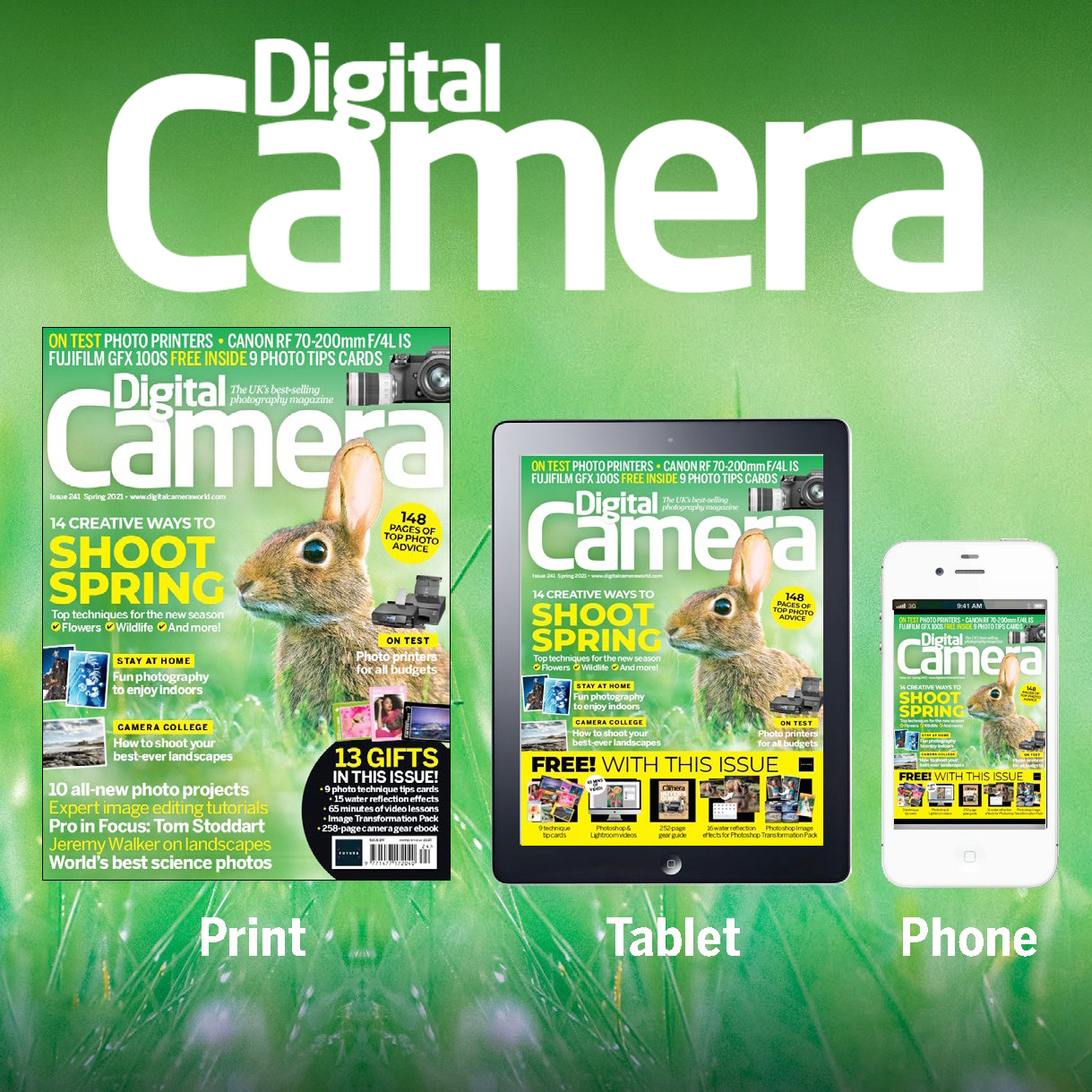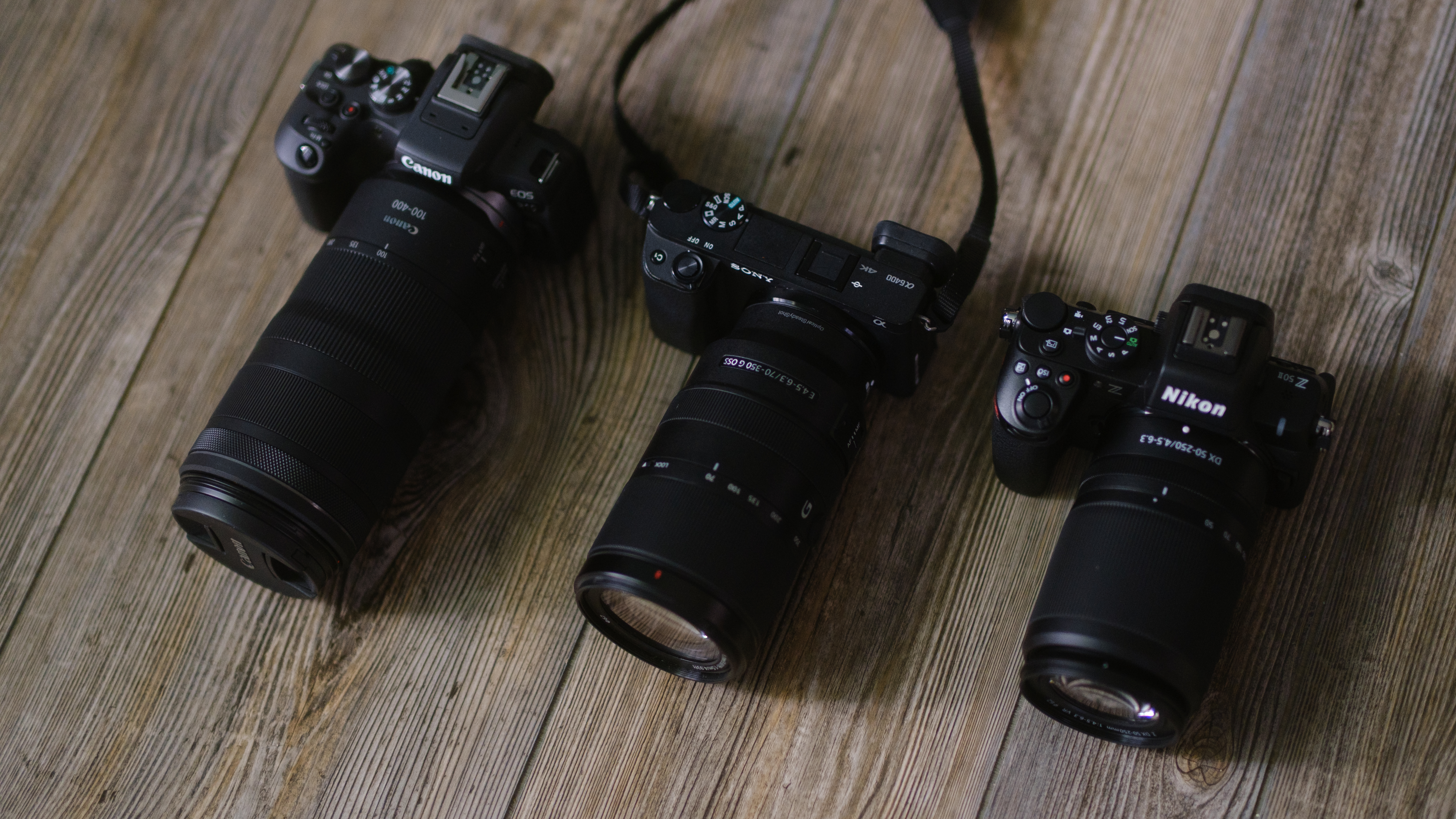Check out this long lens setup for wonderful wildlife photos
Put some spring into your step and capture roe deer, says Ben Sutcliffe
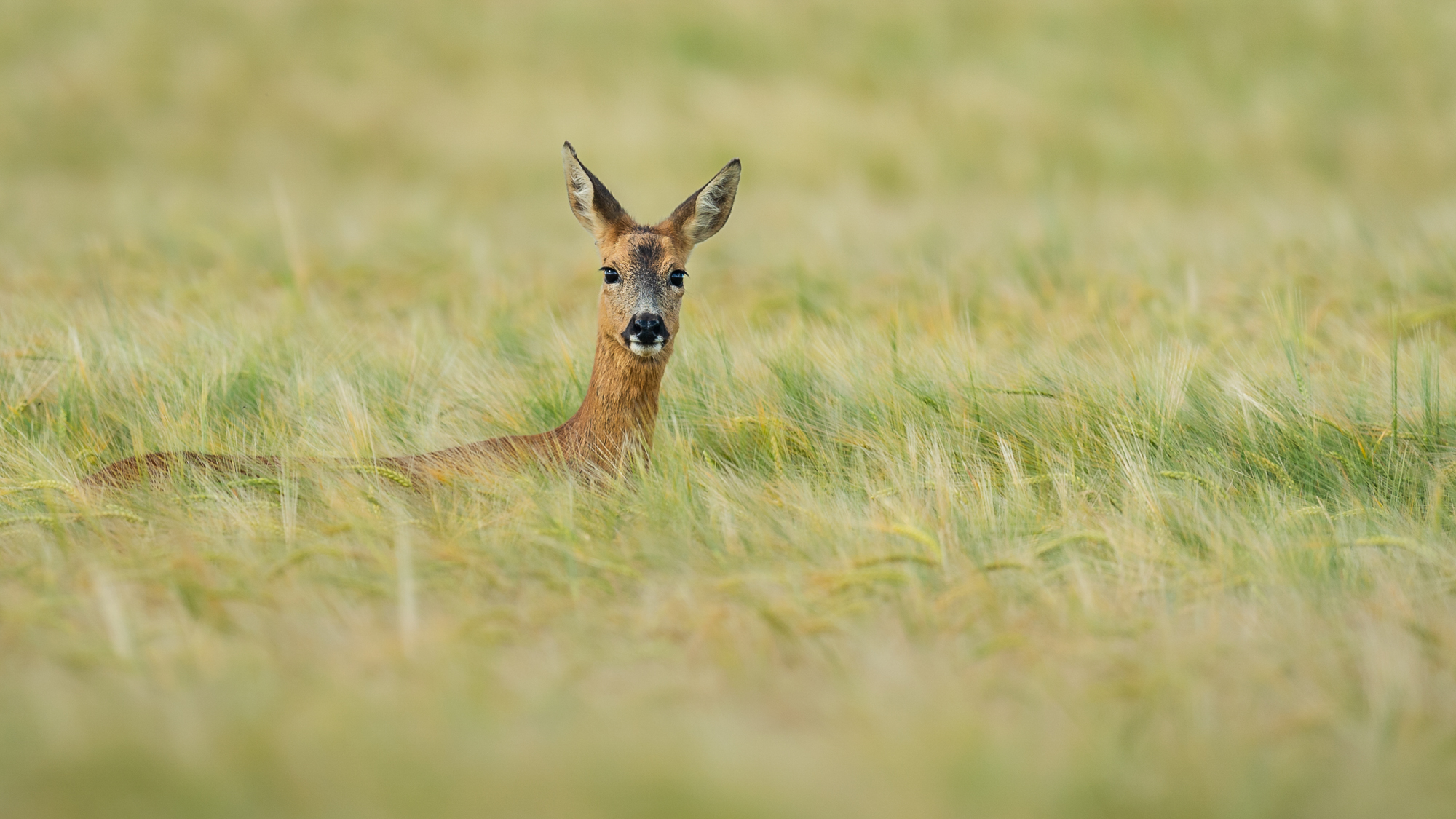
I grew up in the south of England, close to the South Downs National Park where creatures such as roe deer and brown hares were my main focus. It was here at just aged 10 that I first picked up a Nikon D80 DSLR and started taking images of the wildlife I spotted on my walks in the countryside. Now over a decade later, it’s fair to
say that I have improved a lot since then.
The peak season for photographing roe deer is between the months of May and September, in the run-up to their annual rut, and for a short while after. It can take weeks before you get the shots you want and you normally only learn by making mistakes. Please remember that the animal’s welfare is paramount: as wildlife photographers, we should always strive to document our subject’s behavior rather than disrupt it.
Do you photograph wildlife? You need to STOP tagging your location
Ben's top 3 tips for capturing roe deer
Shoot with a telephoto lens
Shooting on my Nikon D4, I tend to only use prime lenses. I mainly shoot with
a Nikon AF-S 500mm f/4E FL ED VR; this helps me to keep my distance but also provides excellent clarity and exceptional bokeh when I am closer to my subjects.
Choose an appropriate aperture
Open your aperture all the way to f/4 or f/2.8 (or whatever your lens allows) – it will help soften your background, create separation from the subject and allow you to shoot at lower ISOs, which will reduce image noise.
Get on level terms
Try getting down to eye level with your subject – this will give you a more interesting angle and a much better connection to the animal. It will also improve your depth of field by producing a softer background, ultimately creating a more pleasing image. And knee pads are an excellent accessory!
Check out How to use a 500mm lens to photograph wary wildlife, be sure to look at the Common wildlife photography mistakes (and how to avoid them), and don't forget the best camera for wildlife photography
The best camera deals, reviews, product advice, and unmissable photography news, direct to your inbox!
The sister print publication to this website, Digital Camera Magazine is Britain's best-selling photography publication – and it can also be purchased outside the United Kingdom as Digital Camera World.
Digital Camera Magazine is packed with more expert advice and more inspirational images than any other title, with the sole aim of helping you become a better photographer. Every issue we also bring you a selection of great gifts which are designed to help you get more from your photography – everything from tips cards and cheat sheets to free software and bookazines.
In addition to inspirational images, interviews, projects, mini tests and tutorials, each issue is packed with news, reviews and comparisons, as well as photographer vs photographer shootouts and head-to-head challenges using the best photo editing software.
The magazine is captained by Editor Niall Hampton.
